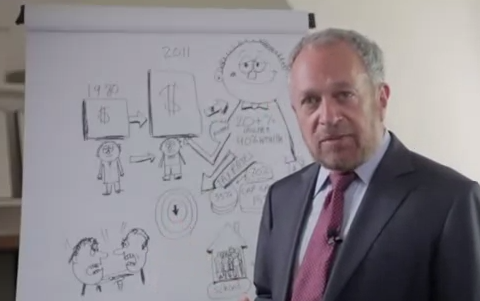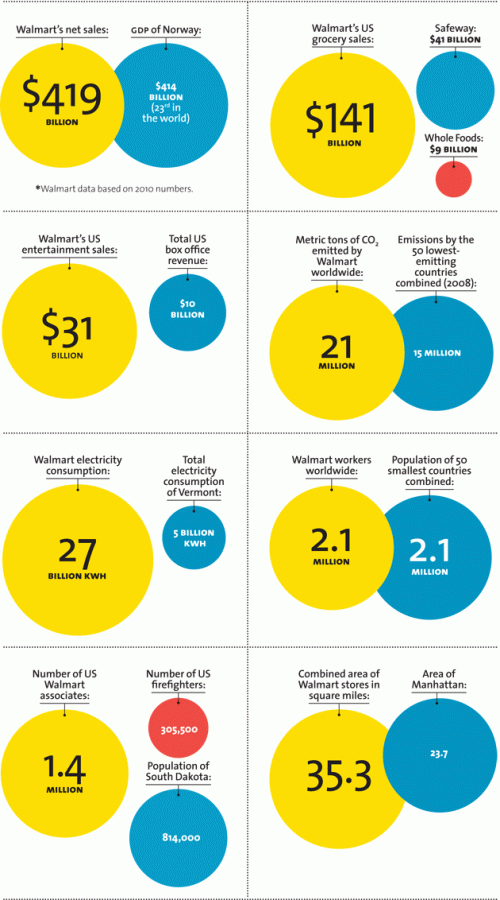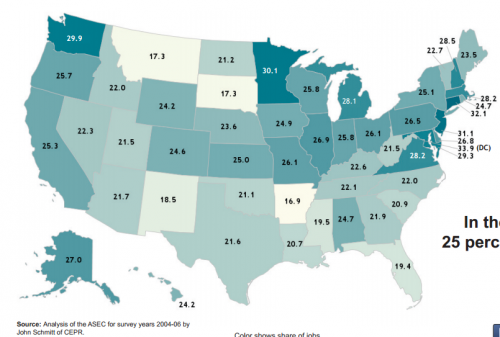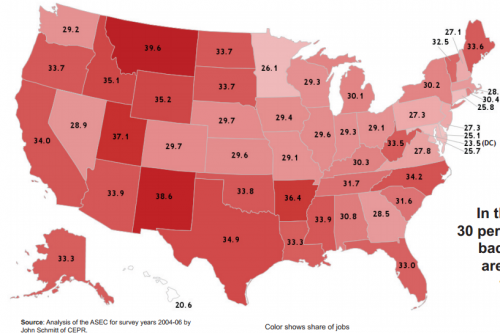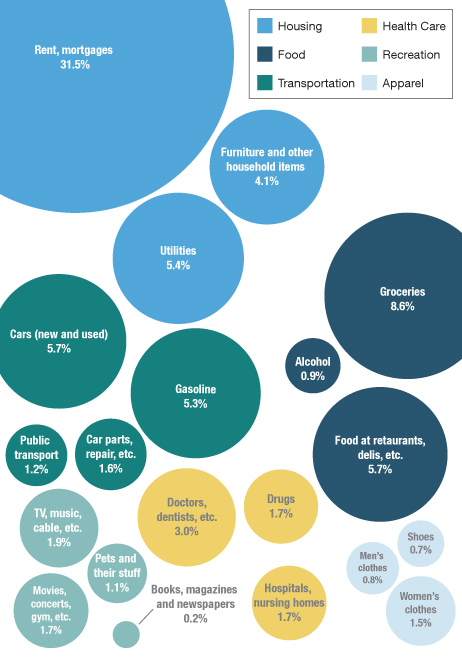This 48-second ad is a fantastic example of framing, as well as a super-ridiculous blast-from-the-past. Paid for by the movie theater industry, the ad attacks the idea of cable. Cable, of course, was going to deliver more content to television sets and potentially compete for the business movie theaters enjoyed. So they frame cable as “pay tv” and counterpose it to “free tv.” They don’t, you might notice, frame cable as “pay tv” and the movie theaters as “pay movies” because that comparison is not as useful for them. Instead, without drawing attention to the fact that they charge for entertainment, they try to delegitimate the idea of paying for on-screen entertainment at home.
They also try to argue that cable tv will bring scary monsters into your living room. So cute. In an era where millions of instances of pornifed violence are just a click away, it is almost incomprehensible to imagine wanting to make sure that scary movies stayed at the theater.
Via BoingBoing.
Lisa Wade, PhD is an Associate Professor at Tulane University. She is the author of American Hookup, a book about college sexual culture; a textbook about gender; and a forthcoming introductory text: Terrible Magnificent Sociology. You can follow her on Twitter and Instagram.


